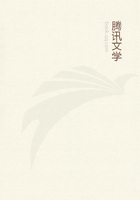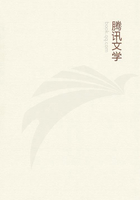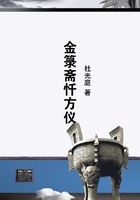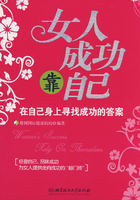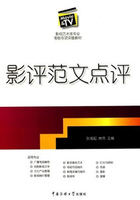I have spoken so much of the Vril Staff that my reader may expect me to describe it. This I cannot do accurately, for I was never allowed to handle it for fear of some terrible accident occasioned by my ignorance of its use; and I have no doubt that it requires much skill and practice in the exercise of its various powers. It is hollow, and has in the handle several stops, keys, or springs by which its force can be altered, modified, or directed- so that by one process it destroys, by another it heals- by one it can rend the rock, by another disperse the vapour- by one it affects bodies, by another it can exercise a certain influence over minds. It is usually carried in the convenient size of a walking-staff, but it has slides by which it can be lengthened or shortened at will. When used for special purposes, the upper part rests in the hollow of the palm with the fore and middle fingers protruded. I was assured, however, that its power was not equal in all, but proportioned to the amount of certain vril 70properties in the wearer in affinity, or 'rapport' with the purposes to be effected. Some were more potent to destroy, others to heal, &c.; much also depended on the calm and steadiness of volition in the manipulator. They assert that the full exercise of vril power can only be acquired by the constitutional temperament- i.e., by hereditarily transmitted organisation- and that a female infant of four years old belonging to the Vril-ya races can accomplish feats which a life spent in its practice would not enable the strongest and most skilled mechanician, born out of the pale of the Vril-ya to achieve. All these wands are not equally complicated; those intrusted to children are much simpler than those borne by sages of either sex, and constructed with a view to the special object on which the children are employed; which as I have before said, is among the youngest children the most destructive. In the wands of wives and mothers the correlative destroying force is usually abstracted, the healing power fully charged. I wish I could say more in detail of this singular conductor of the vril fluid, but its machinery is as exquisite as its effects are marvellous.
I should say, however, that this people have invented certain tubes by which the vril fluid can be conducted towards the object it is meant todestroy, throughout a distance almost indefinite; at least I put it modestly when I say from 500 to 600 miles. And their mathematical science as applied to such purpose is so nicely accurate, that on the report of some observer in an air-boat, any member of the vril department can estimate unerringly the nature of intervening obstacles, the height to which the projectile instrument should be raised, and the extent to which it should be charged, so as to reduce to ashes within a space of time too short for me to venture to specify it, a capital twice as vast as London.
Certainly these Ana are wonderful mathematicians- wonderful for the adaptation of the inventive faculty to practical uses. 71 I went with my host and his daughter Zee over the great public museum, which occupies a wing in the College of Sages, and in which are hoarded, as curious specimens of the ignorant and blundering experiments of ancient times, many contrivances on which we pride ourselves as recent achievements. In one department, carelessly thrown aside as obsolete lumber, are tubes for destroying life by metallic balls and an inflammable powder, on the principle of our cannons and catapults, and even still more murderous than our latest improvements.
My host spoke of these with a smile of contempt, such as an artillery officer might bestow on the bows and arrows of the Chinese. In another department there were models of vehicles and vessels worked by steam, and of an air-balloon which might have been constructed by Montgolfier. "Such," said Zee, with an air of meditative wisdom- "such were the feeble triflings with nature of our savage forefathers, ere they had even a glimmering perception of the properties of vril!"This young Gy was a magnificent specimen of the muscular force to which the females of her country attain. Her features were beautiful, like those of all her race: never in the upper world have I seen a face so grand and so faultless, but her devotion to the severer studies had given to her countenance an expression of abstract thought which rendered it somewhat stern when in repose; and such a sternness became formidable when observed in connection with her ample shoulders and lofty stature. She was tall even for a Gy, and I saw her lift up a cannon as easily as I could lift a pocket-pistol. Zee inspired me with a profound terror- aterror which increased when we came into a department of the museum appropriated to models of contrivances worked by the agency of vril; for here, merely by a certain play of her vril staff, she herself standing at a distance, she put into movement large and weighty substances. She seemed to endow them with intelligence, and to make them 72comprehend and obey her command. She set complicated pieces of machinery into movement, arrested the movement or continued it, until, within an incredibly short time, various kinds of raw material were reproduced as symmetrical works of art, complete and perfect. Whatever effect mesmerism or electro-biology produces over the nerves and muscles of animated objects, this young Gy produced by the motions of her slender rod over the springs and wheels of lifeless mechanism.

